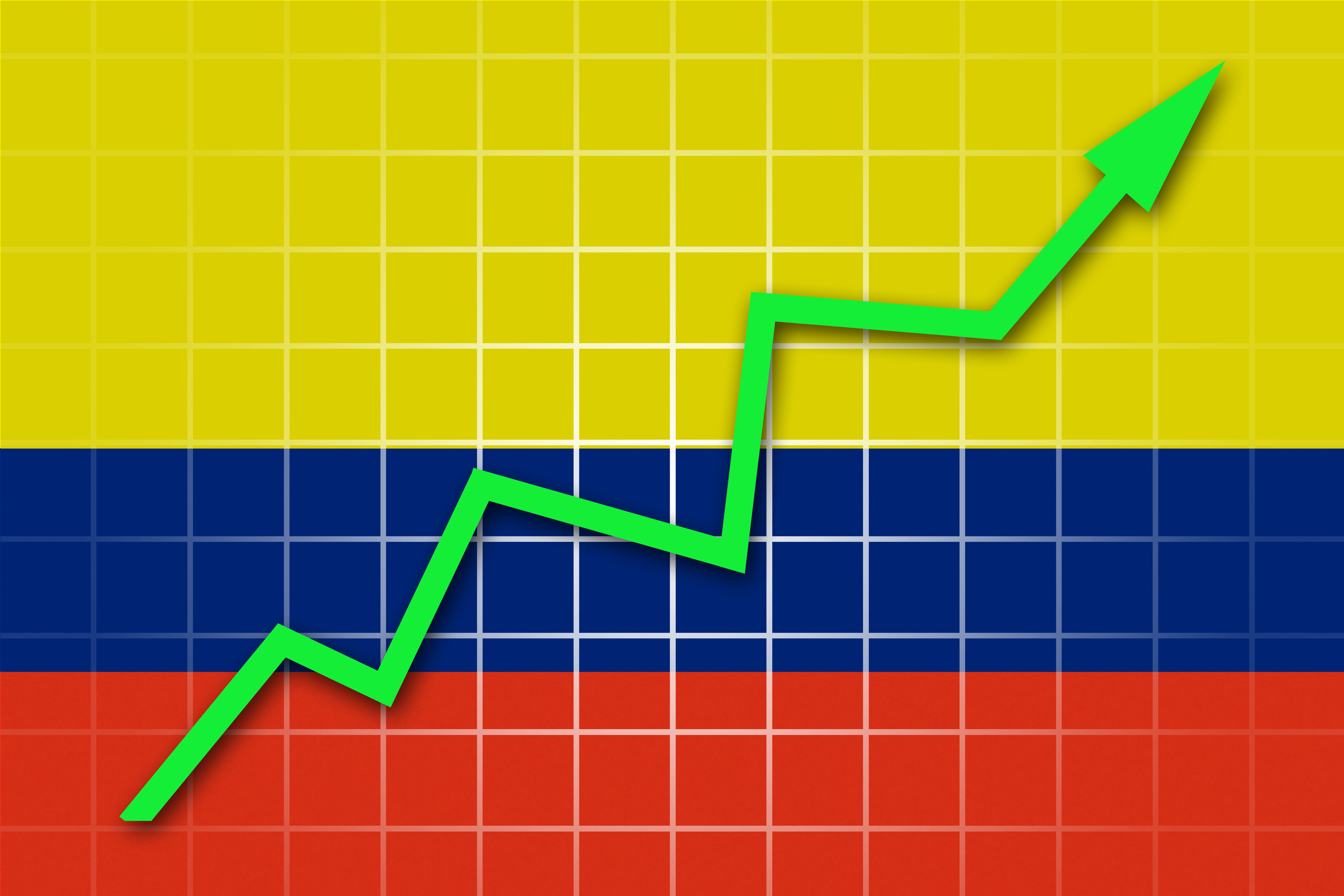Who will Survive the Emerging Market Crisis?
Emerging markets are being rocked by a crisis that brings back memories of 1997. Is it really that bad? LatAm INVESTOR investigates...

How will the crisis affect Latin America?
During the last few weeks the emerging markets have been hit by a crisis. The most severely affected has been Argentina, where the peso has crashed. Why? Well, Argentina’s central bank stopped buying it. Quite simply it’s running out of money. As Neil Shearing at Capital Economics points out, Argentina’s central bank has burned through about $23bn of reserves propping up the peso since 2011.
But with reserves now at a seven-year low, it’s decided to bite the bullet and leave the peso to fend for itself.
Any tapering will coincide with the American economy improving. As it is our main trading partner, that would also be a positive for us”…. Adolfo Meisel, Co-Director of the Colombian central bank "
In effect, the government has been forced to concede that it can’t control the market. For the last decade, the husband and wife combination of Nestor and Kristina Kirchner had stuck two fingers up at the foreign companies, international bondholders and the IMF and micromanaged their economy as they saw fit. That was fine when the resource-rich country’s commodity exports were booming, but it’s proved harder to do when there is less money in the bank.

Argentina’s not the only country suffering. Over the last week, stock markets, bonds and currencies across Asia, Eastern Europe and Latin America have taken a battering. Investors are panicking. So what’s going on? Well, most of the problems have been around for a while. Falling commodity prices and slowing Chinese growth have hit exports. And, the Fed’s tapering of its bond-buying programme has scared investors away from exotic markets.
That’s hit some of the worst-run economies – such as Argentina and Venezuela – very hard. Even more worrying is the seeming contagion from one region to another. Other, better run emerging markets, have also been hit, which brings back memories of the widespread devastation from the Asian crisis of ‘97.
Indeed, some of the finance world’s biggest names think that investors should get out of all emerging markets ASAP. But it would be a mistake to tar all Latin American markets with the same brush. In fact, the current panic is throwing up some interesting opportunities.
Which markets can ride this out?
Argentina’s woes don’t bode well for its major trading partner, Brazil. The two dominate the Mercosur trade bloc, and Argentina is an important market for Brazil’s manufacturers. There has been talk of Brazil lending Argentina reserves, but right now the Brazilian president, Dilma Rousseff, has enough political problems on her plate without trying to lend money to an old enemy.
Mercosur’s other major market, Venezuela, is unlikely to come running to the rescue either. It’s one of the most mismanaged economies on the planet and the government’s recent decision to stop airlines from repatriating sales revenues has led many to stop selling flights in the country. Not all of Latin America is like Mercosur. The Pacific Alliance, a bloc made up of the open, well-run economies of Chile, Colombia, Peru and Mexico, looks to be more secure.
Now, these countries aren’t completely immune to the problems being faced by emerging markets. But they’re certainly a lot better off than investors are giving them credit for. Probably the most affected is Chile. Because it exports a lot to China, it is suffering as the price of copper falls. Unlike Argentina, it has shrewdly built a buffer of reserves to protect it from falling currency prices.
Moreover, its free-floating exchange rate allows it to adjust to capital outflows. All told, Chile looks likely to ride out the storm – though growth will probably slip. Peru, which has consistently been one of the fastest-growing economies in the region, also looks likely to slow. Like Chile, it is being hit by falling commodity demand in Asia. Peru’s reserves aren’t as sturdy as Chile’s (very few countries’ are), but it has invested heavily in improving its terrible infrastructure, which should help to boost productivity.

But while Peru and Chile should ride out the storm, the outlook is even more positive for Colombia and Mexico. One reason is that both of these count the US as their major trading partner. That means tapering is actually a good thing for them. As Adolfo Meisel, the co-director of Colombia’s Central Bank told LatAm INVESTOR in a recent interview: “Any tapering will coincide with the American economy improving. As it is our main trading partner, that would also be a positive for us”.
The taper could help Mexico
That’s even truer for Mexico, where 78% of exports currently go to the US. Indeed, Sergio Martin, HSBC Mexico’s chief economist, told LatAm INVESTOR that he thinks worries about the taper are helping Mexico: “It is pushing down the peso, which makes Mexico’s exports even more competitive”.
This is particularly relevant to Mexico, because it is the only Latin American country that gets more than half of its export revenues from manufactured goods. Being a manufacturer means that China is more of a competitor than a customer, and only 4% of Mexico’s exports go to China. So the Mexicans have far less to fear from a Chinese slowdown than their southern neighbours.
Another boost for Mexico is the package of economic reforms that are currently being implemented. Telecommunications, the power generation and the hydrocarbon sector are currently being opened up to foreign investors. Martin, who is more conservative about this than some analysts, told LatAm INVESTOR that he believes Mexico’s current economic reform package would see the country’s sustainable growth rate increase to “around 5% to 6%” per year for the next decade.
This panic still has lots of turns to play out. However, it is clear that some markets will fare better than others.